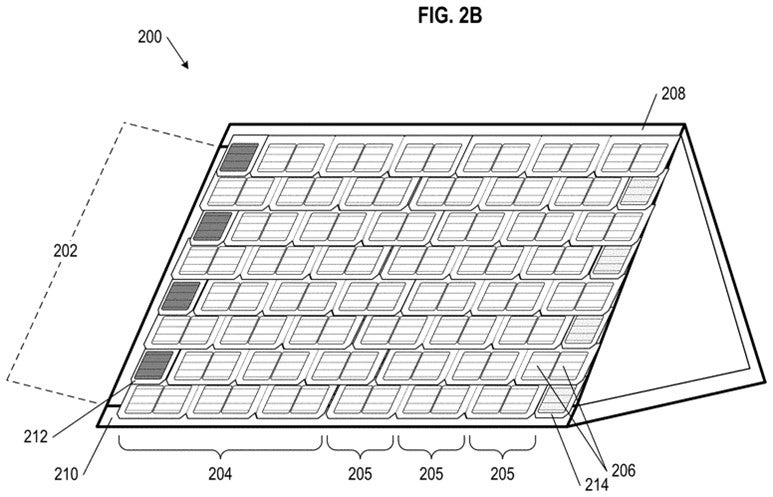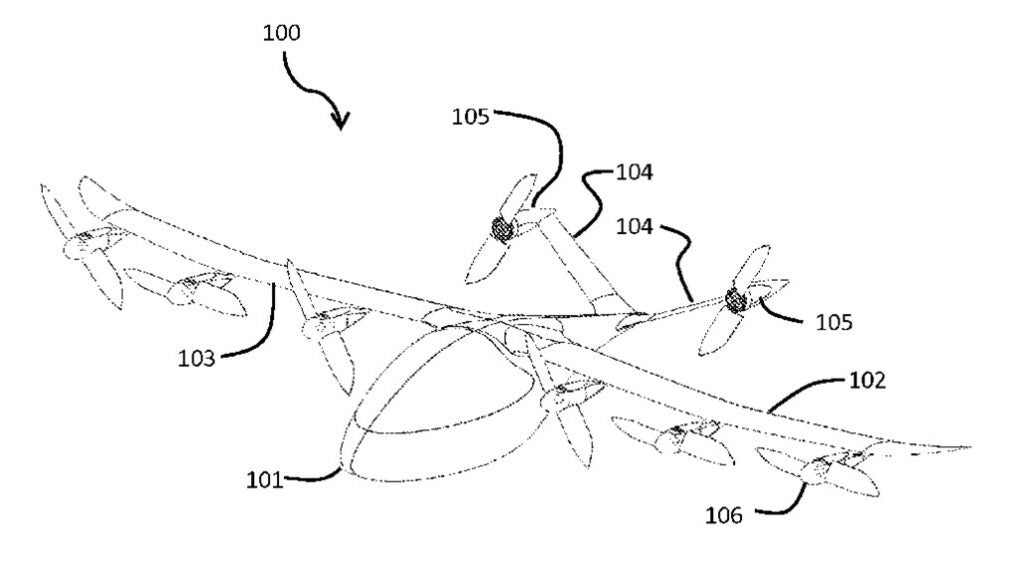In this blog post, we explore some of the best examples of game-changing climate innovation as revealed by company patents.
Unprecedented heatwaves, deadly floodings and severe droughts around the globe: the summer of 2022 is proving that climate change could soon dramatically affect large parts of the world if we keep on with business as usual.
As part of our sustainability goals, Clarivate™ has made the commitment to become carbon neutral by 2024. So, it’s exciting to know that innovators around the world are developing fascinating solutions to reduce humanity’s carbon emissions across a broad spectrum of technologies and economic sectors.
Keep reading to learn how companies are innovating to save our environment, from transport and buildings to energy and food.
Climate innovation in transport and buildings
Tesla has become one of the world’s most valuable companies in just over a decade by proving that nothing can drive the transition to a cleaner, more sustainable lifestyle like a better product that consumers want for reasons other than its environmental impact. Tesla also stands as a testament to the combined power of a bold vision, meticulous engineering and building a world-class brand. But its reach extends beyond electric vehicles (EVs). Recently granted patents like US 11258398 for Tesla’s solar roof underpin its stated long-term goal of becoming a vertically integrated clean energy company.

The quest to electrify all areas of life is also extending into difficult-to-decarbonize sectors like sea and air travel. Joby Aviation is a pioneer in electric aviation, and US patent 9694911 describes the core technology behind their proposed clean, autonomous aerial mobility solution.

Although electric propulsion for short-haul aviation shows promise, it seems unlikely that battery powered aircrafts will be able to sustain long-range flights in the coming decades. Batteries are still a long way from competing with fuels in terms of energy density. The solution here will more likely come in the form of sustainable aviation fuel (SAF) made from renewable sources. Particularly interesting is LanzaTech’s approach of turning carbon emissions from steel mills or landfills into fuel by feeding them to trillions of carbon-hungry microbes. The language in patents like US 9738875 may be difficult to follow without an advanced degree in microbiology, but surely eye-opening to the possibilities of using nature to heal nature.

An innovative approach to energy
Solar and wind energy are abundant and affordable enough to satisfy the world’s power needs, but the big challenge with these clean and sustainable energy sources is their intermittency: they fluctuate depending on season, time of day and weather. Thus, large-scale energy storage will be a crucial element of the clean infrastructure of the future. One innovative approach is gravity storage, as pioneered by Energy Vault and explained in US patent 10788020, designed to turn electrical energy into potential energy and back again when needed.

Providing heat for industrial processes, such as smelting metals, is a major source of emissions that is considered difficult to decarbonize. Heliogen is proposing to use concentrated solar energy, collected by a field of mirrors tracked by cameras and using AI to optimize their position for capturing maximum sunlight during every second of the day. US 11262103 is one of various patents describing and visualizing the technology.

Tackling greenhouse gas emissions and food waste
Feeding humanity accounts for more than 25% of global greenhouse gas emissions. More than one third of all food is wasted and produce spoilage is a major contributor to this problem. Apeel Sciences is on a mission to tackle it by making better quality, more sustainable and longer-lasting fruits and vegetables a reality. Inspired by nature’s own methods of preservation, Apeel has developed an edible coating designed to slow down the rate of spoilage. One of its early patents, US 9744542, describes a method for applying the protective solution.

In addition to the problem of waste, humanity’s appetite for beef and dairy products is the largest contributor to greenhouse gas emissions from the food sector. An entire generation of “alt protein” companies is trying to address this problem by developing plant-based and cell-based meat alternatives. UPSIDE Foods is one of them and their patent application US 20210235733 not only describes fascinating biotechnology but also explains the benefits of slaughter-free meats.

Advancing innovation with insight
At Clarivate, we aim to advance how the world innovates, and sustainability is at the heart of our mission. We are passionate about giving innovators, especially those advancing climate innovation like the above-mentioned companies, the tools for making a difference in the world while driving their own market success.
Our customers tap into our world-class data resources from Derwent™, Darts-ip™, CompuMark™ and more to maintain awareness of the state of innovation, and they use our IP management systems (IPMS) to develop and manage their own IP portfolios. Combined into an integrated IP lifecycle management solution, these tool sets provide all the information needed to make critical decisions at the users’ fingertips.
Flexible workflow as the key to effective IP management
We have learned that in addition to insightful reports and dashboards, decision support and integration with rich data sources, one key attribute that the most forward-thinking innovators look for in an IPMS is flexibility.
As they break ground on game-changing technologies, these companies must often create entirely new business models, which in turn call for unique IP strategies. They need the freedom to design their IP workflows around their specific needs rather than adhere to traditional industry practices. They often choose new innovative paths in how they value their IP and define success metrics, engage with inventors and collaborate with outside counsel. These fast-moving organizations also need to be nimble and able to adjust their processes as they iterate, pivot, grow and thrive.
Want to know more about our integrated approach to IP lifecycle management with uniquely flexible workflows? Talk to an expert today.
You can also download our 2021 Sustainability Report here.
All patent drawings and images displayed in this article are sourced from public records.





